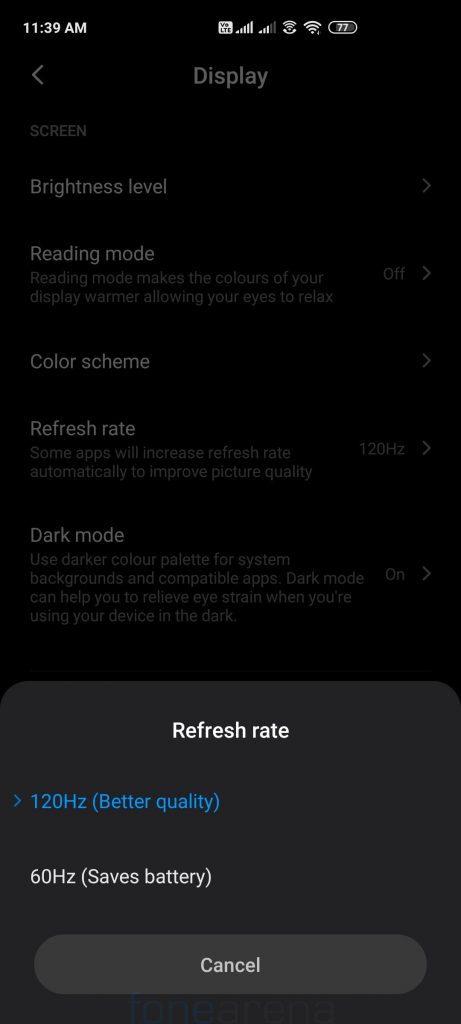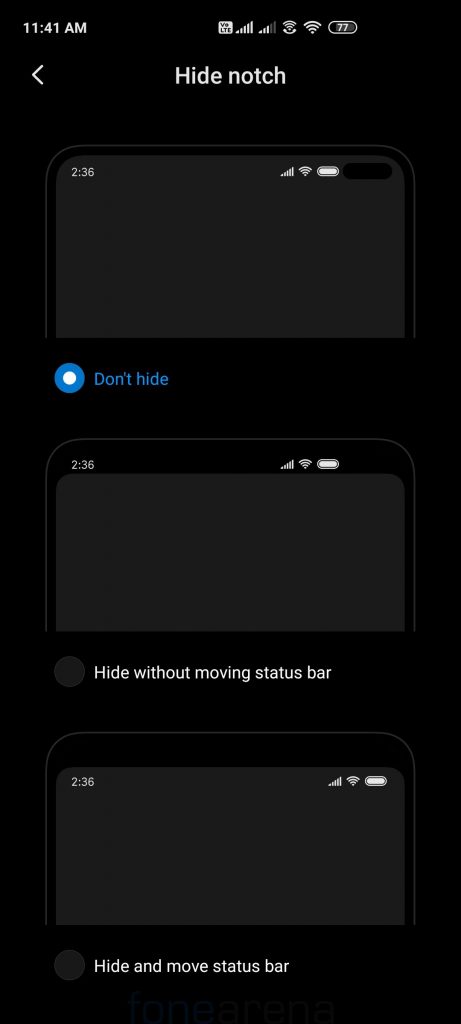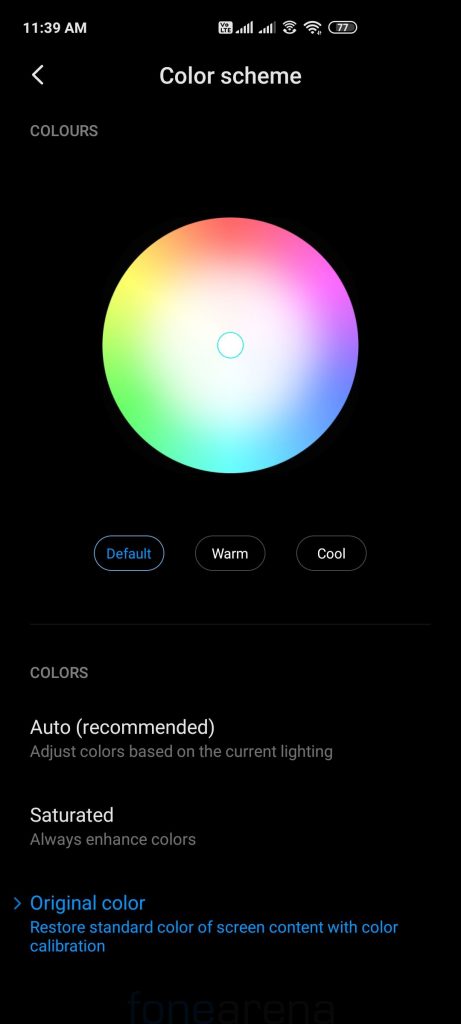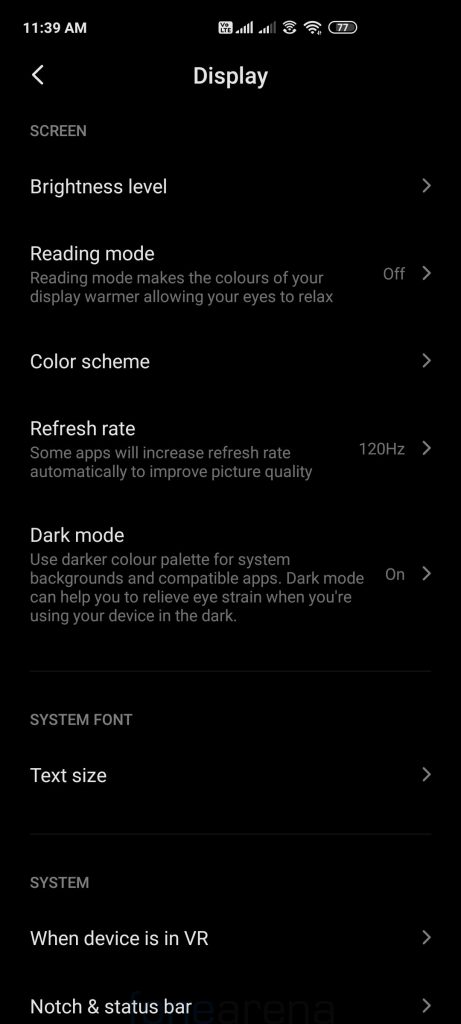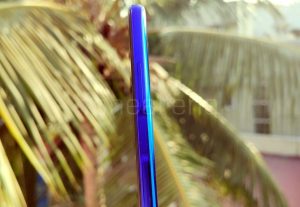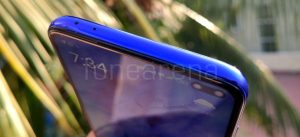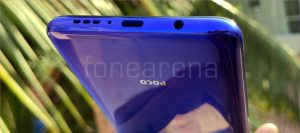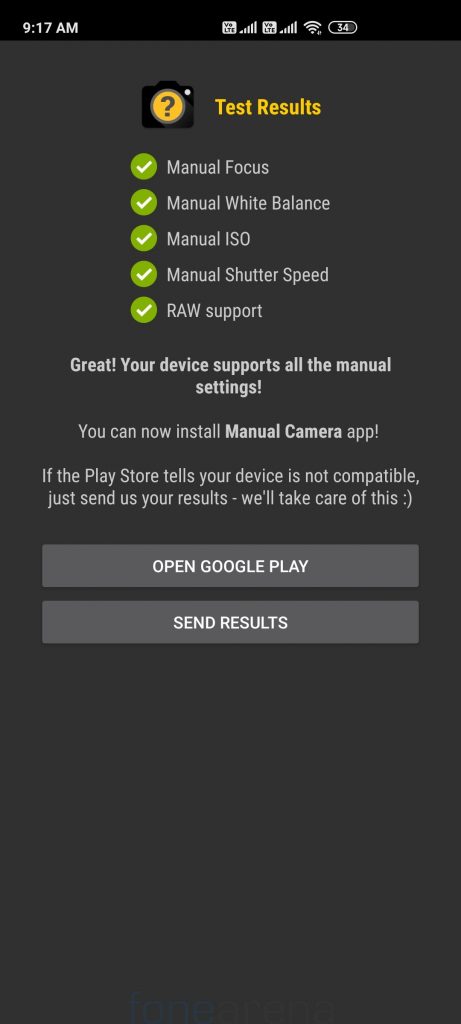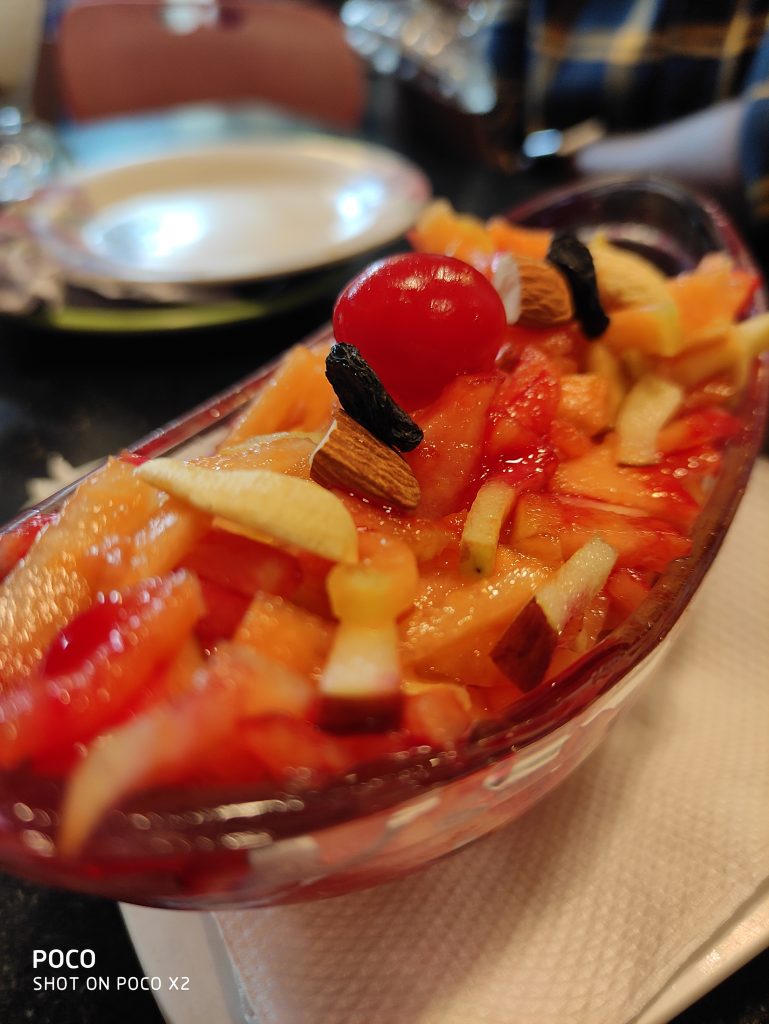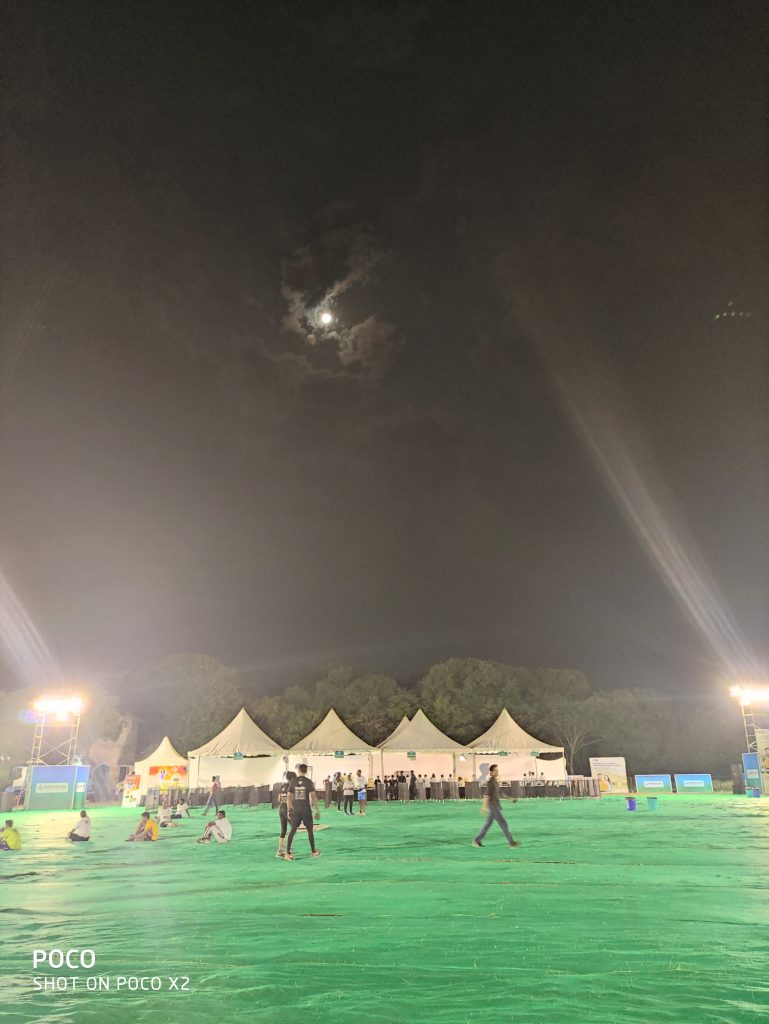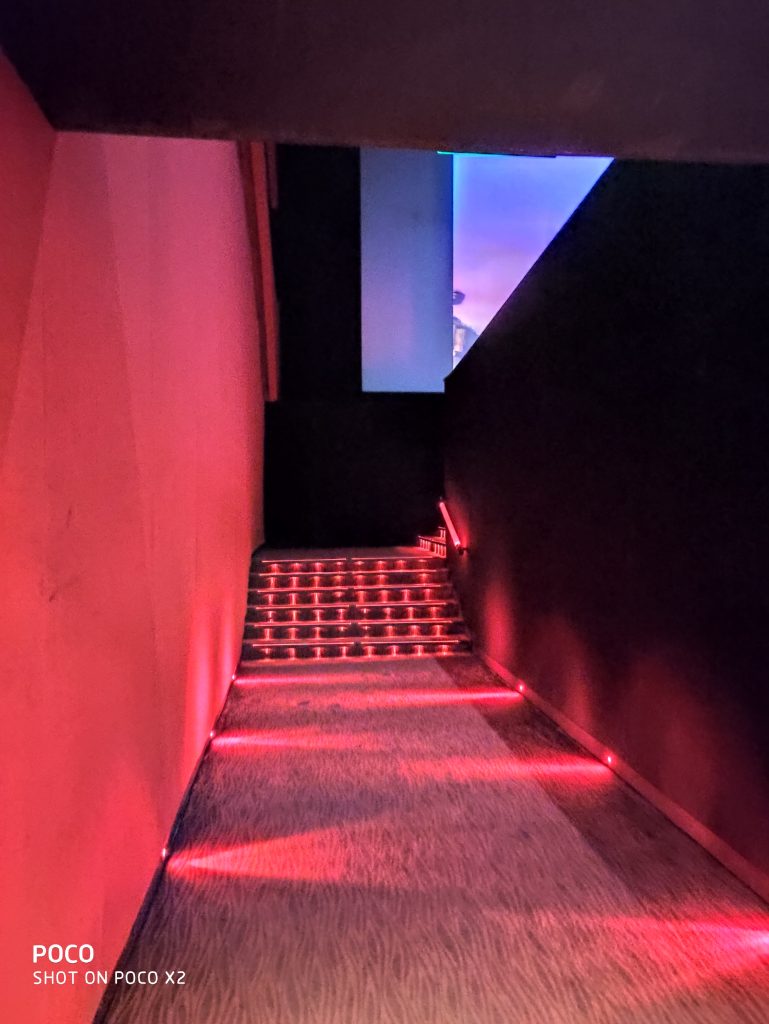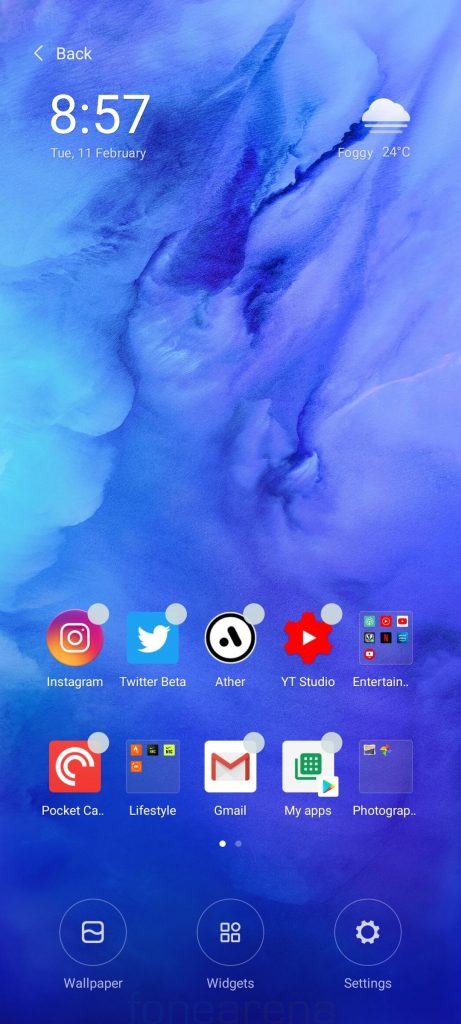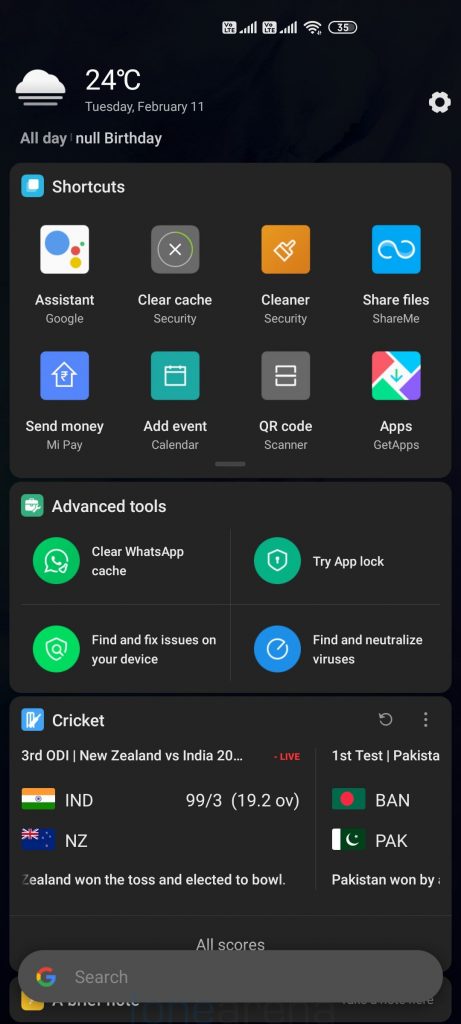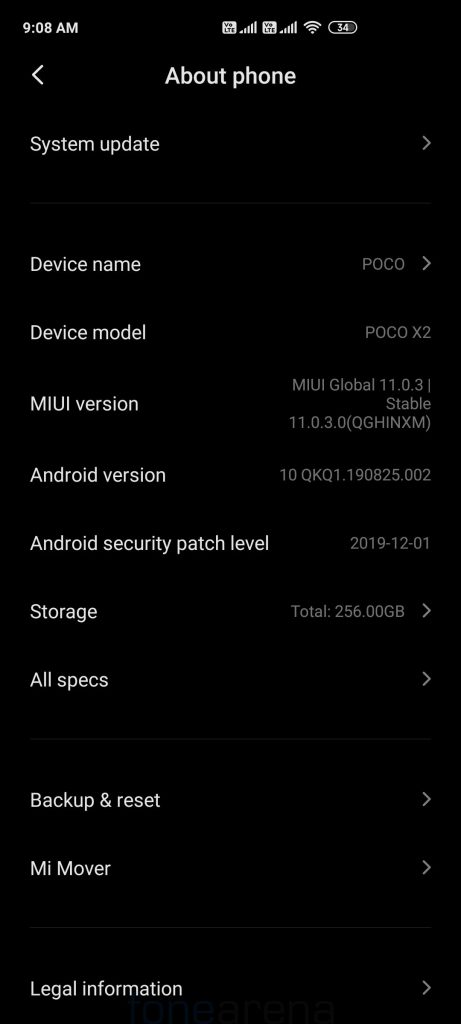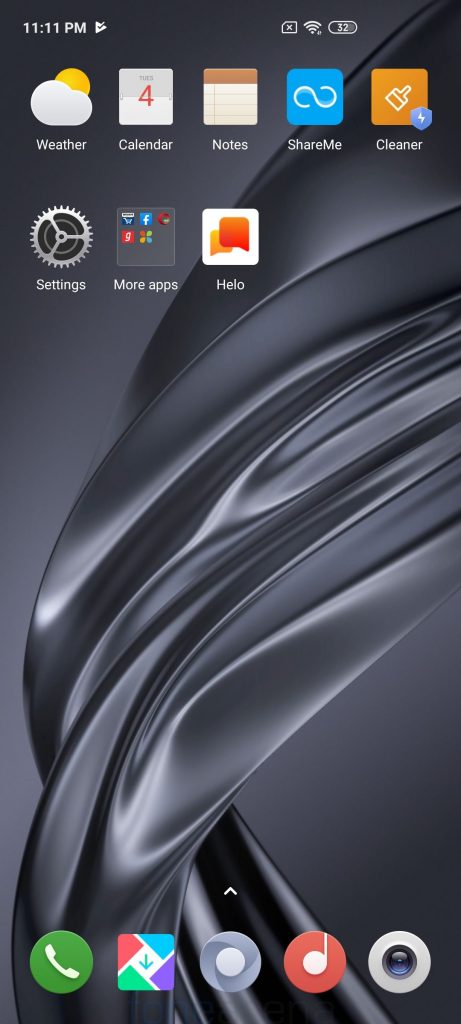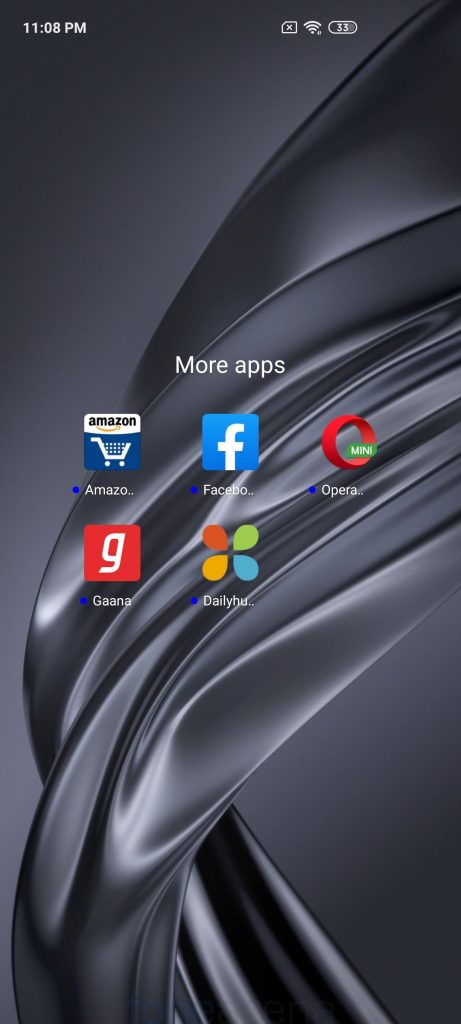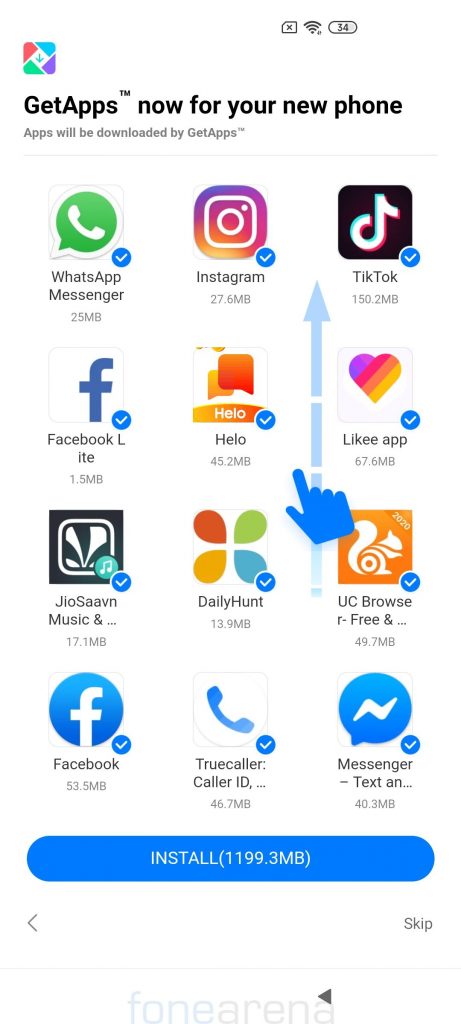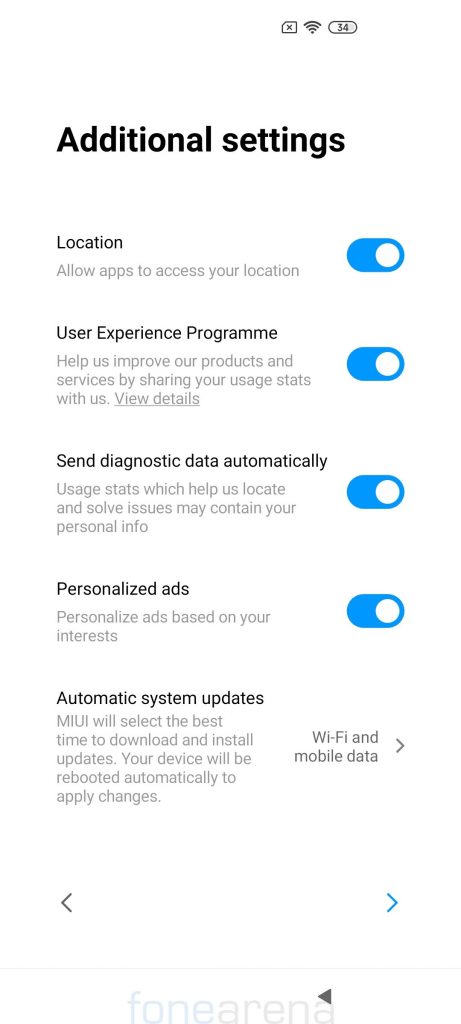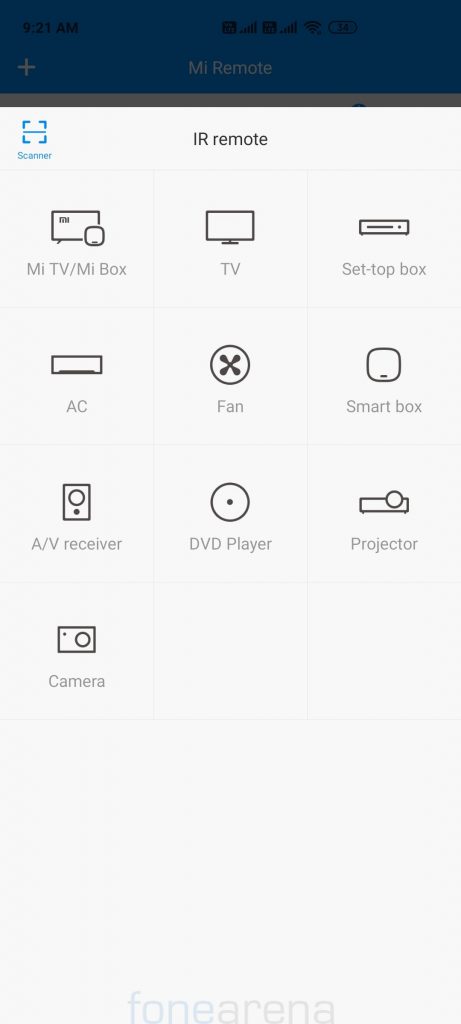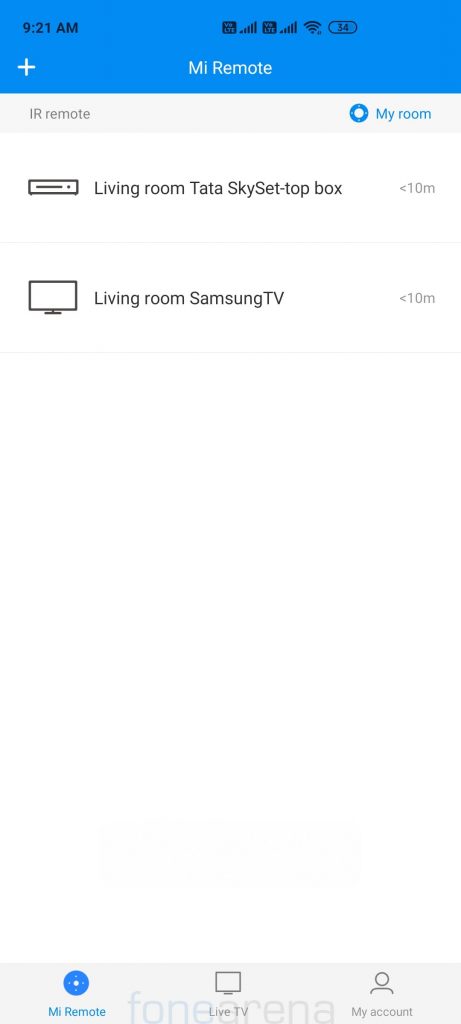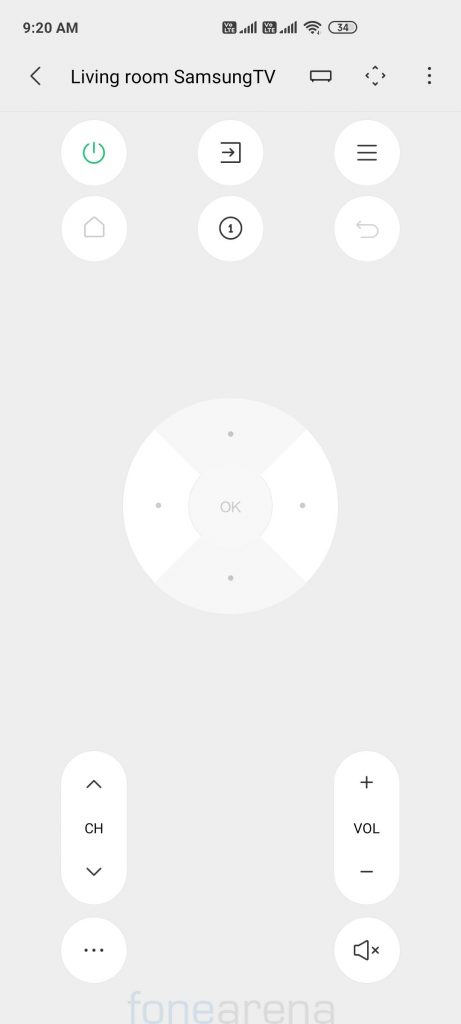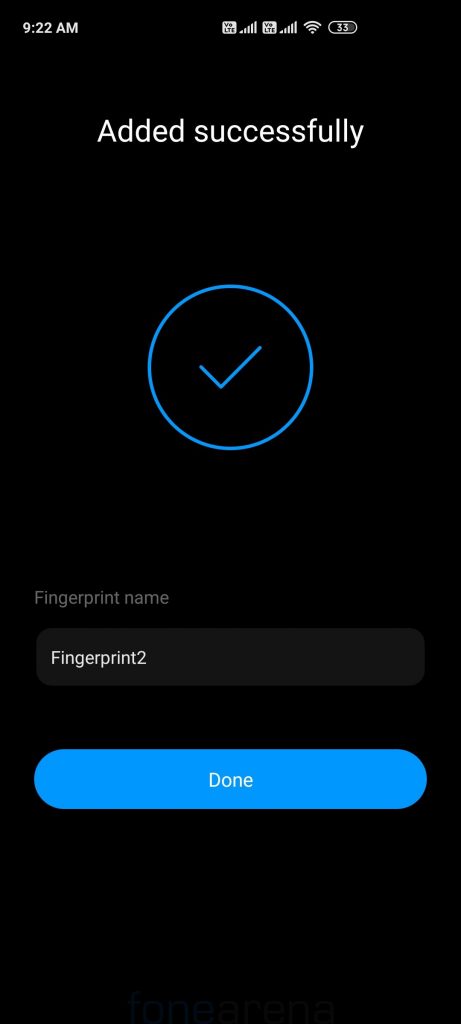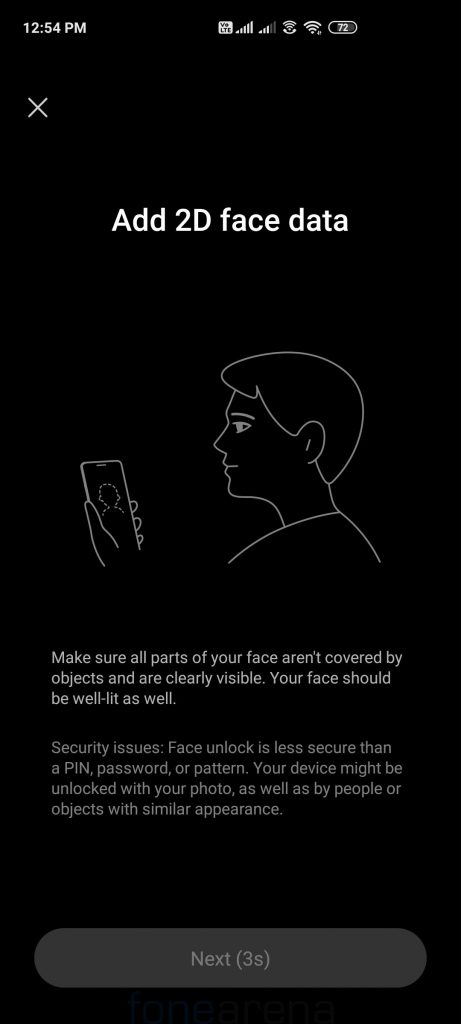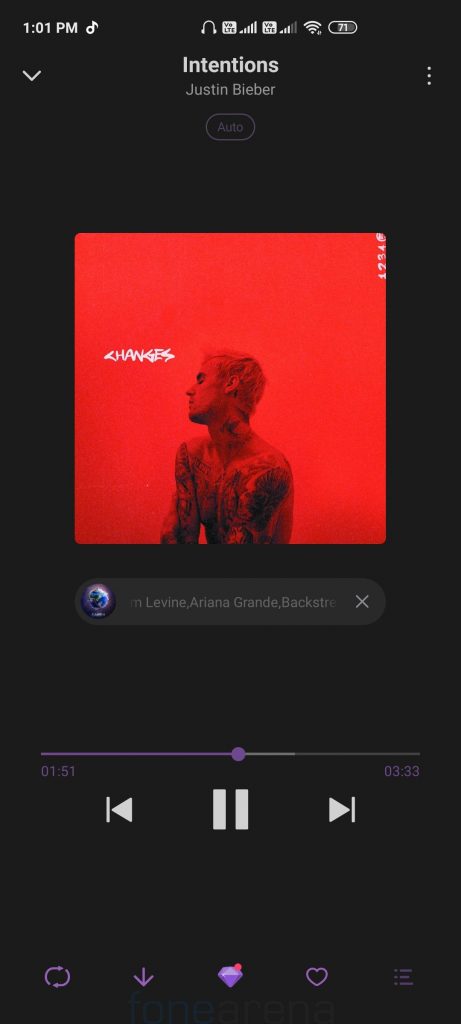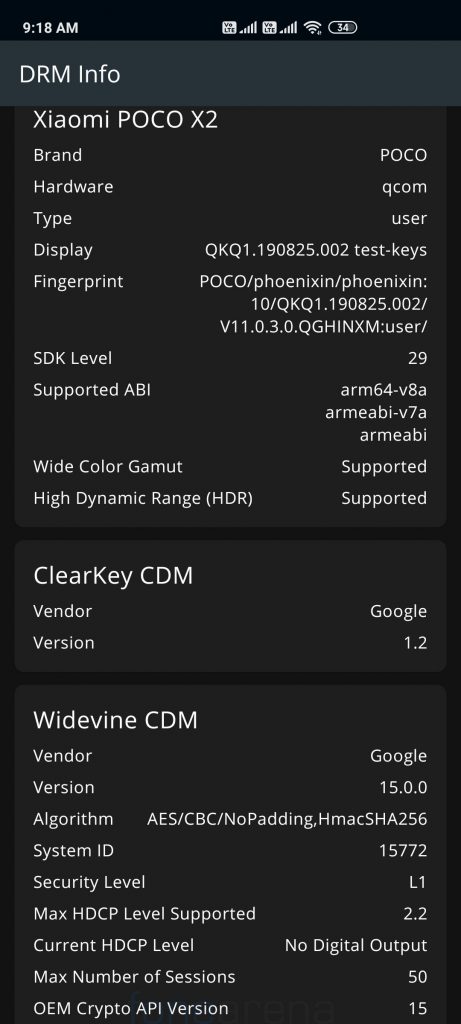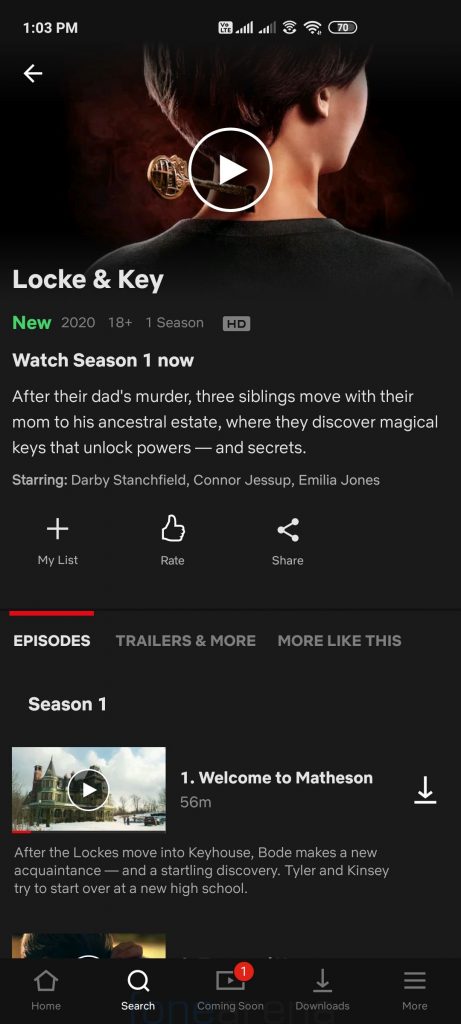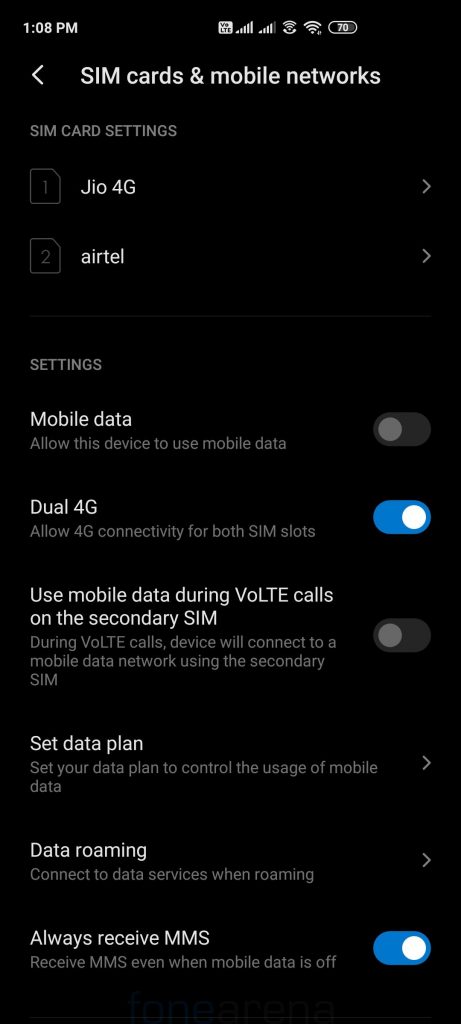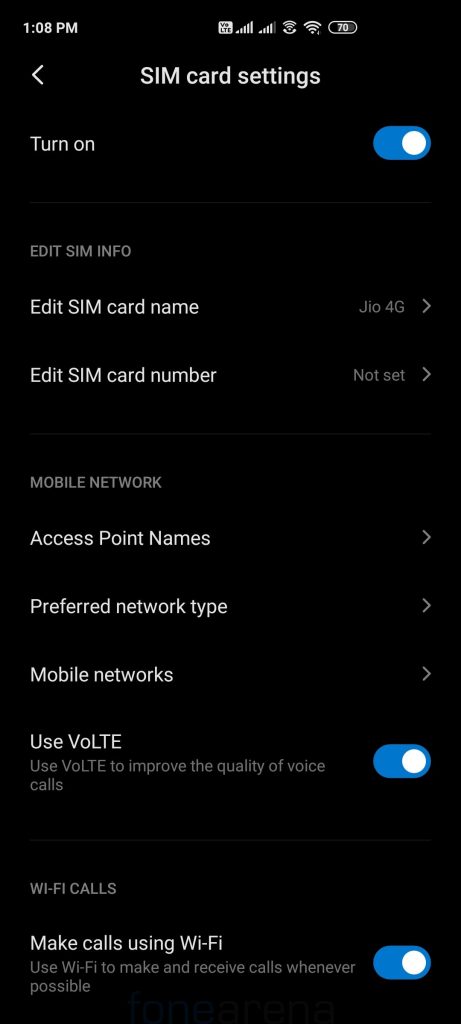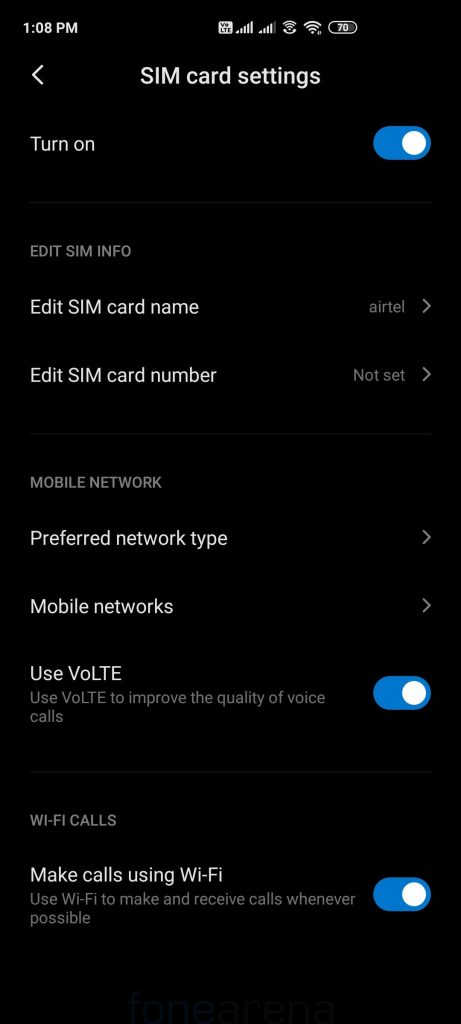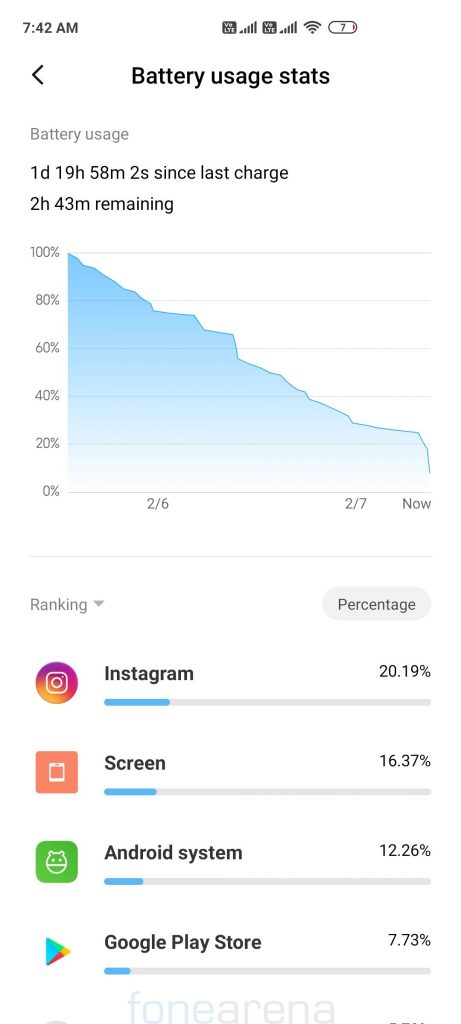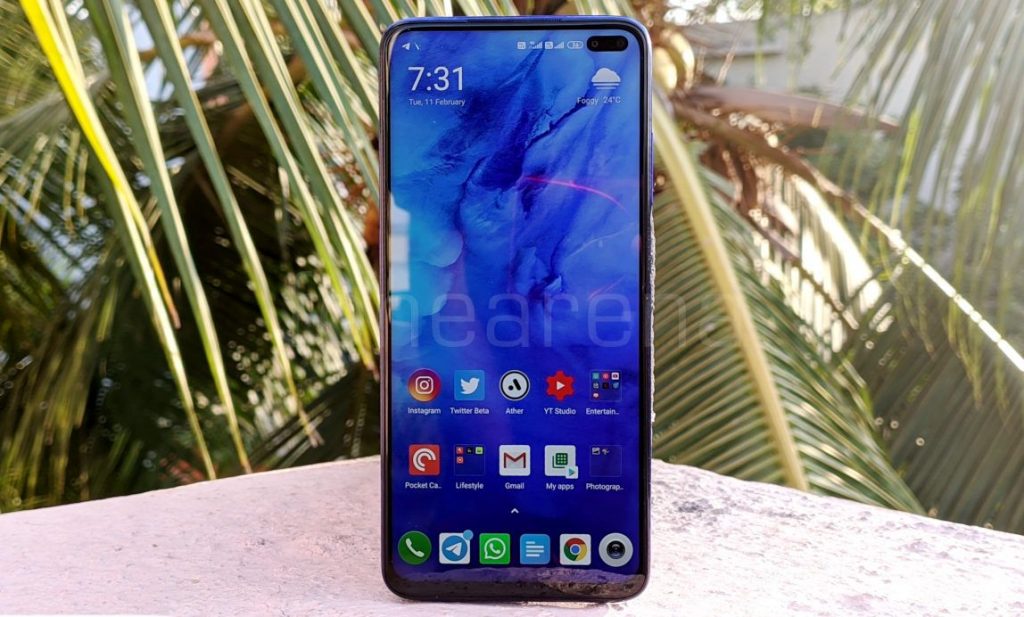
POCO F1, the first phone under the POCO brand was launched back in August 2018. Earlier this month the company, which became an independent brand launched the POCO X2 smartphone in India. This was actually launched in China as Redmi K30 4G back in December last year and is not the successor of the POCO F1. The specifications look great on paper for the price. Let us dive into the review to find out what the device has to offer.
Box Contents
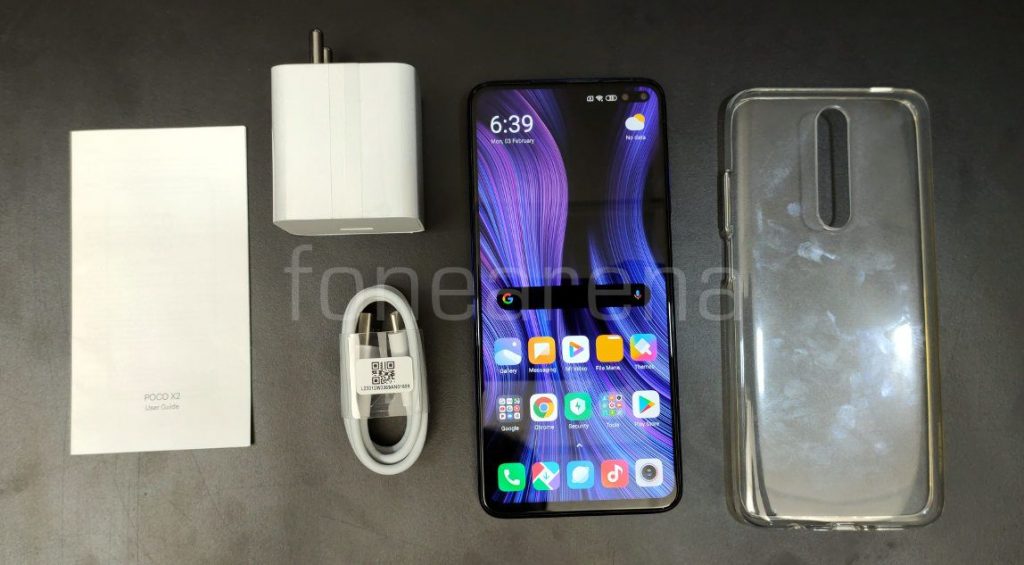
- POCO X2 8GB + 256GB in Atlantis Blue color
- 2-pin 27W fast charger (5V-3A/9V-3A/12V/2.25A)
- USB Type C Cable
- SIM Ejector tool
- Clear protective Case
- User guide
Display, Hardware and Design
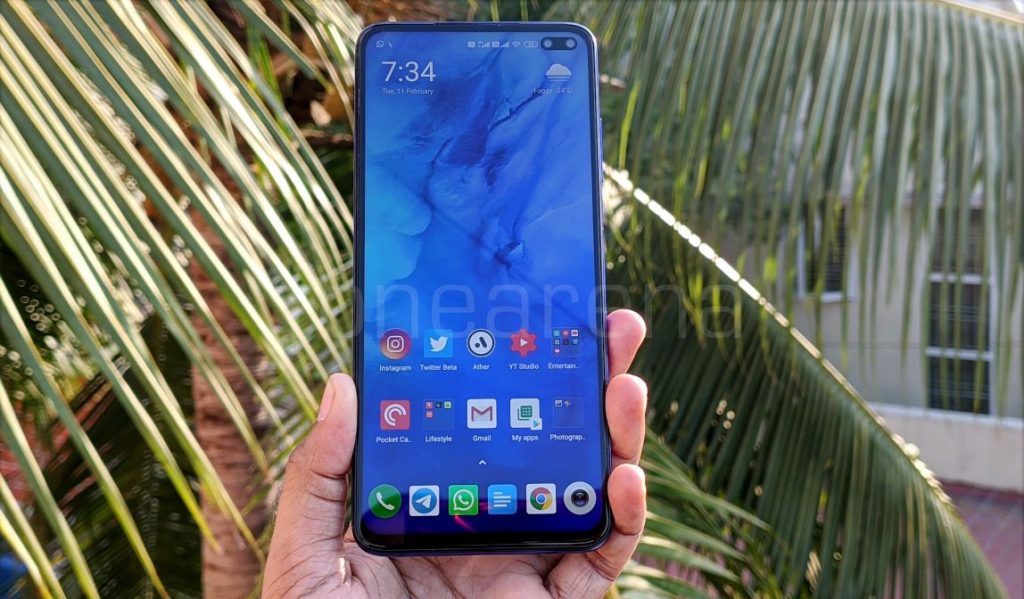
The POCO X2 has a 6.67-inch Full HD+ display with a pixel resolution of 2400 × 1080 pixels, 20:9 aspect ratio 2.5D curved glass screen with gentle rounded corners and a pixel density of about 384 PPI. The display is bright, thanks to 500 nits brightness and 1500:1 contrast ratio and the colors are vibrant since it has 84% of NTSC color gamut. Sunlight legibility is good as well. The main highlight of the display is its ‘RealityFlow’ 120Hz display refresh rate, which when enabled offers buttery smooth user experience especially when you are scrolling through the UI and when gaming. It also has HDR 10 support, which works for supported YouTube videos. The phone has about 91% screen-to-body ratio and comes with Corning Gorilla Glass 5 protection.
Since this has a 20:9 aspect ratio screen, you can pinch to zoom to fill the screen when you use video apps, but the content is cropped. The dual punch-hole screen doesn’t disturb when watching videos since it just occupies 4.38mm. Since there is a punch-hole, some space for the top notification bar goes missing. You can also hide the top part from the settings, but that wastes more space.
Under the display options there are different options to adjust colors and contrast based on your preference. There is also reading mode that lets you reduce the display’s blue light emission so it doesn’t cause eye strain when you are reading at night, but this will be disabled when you play HDR videos. There is Dark mode, similar to other MIUI phones.
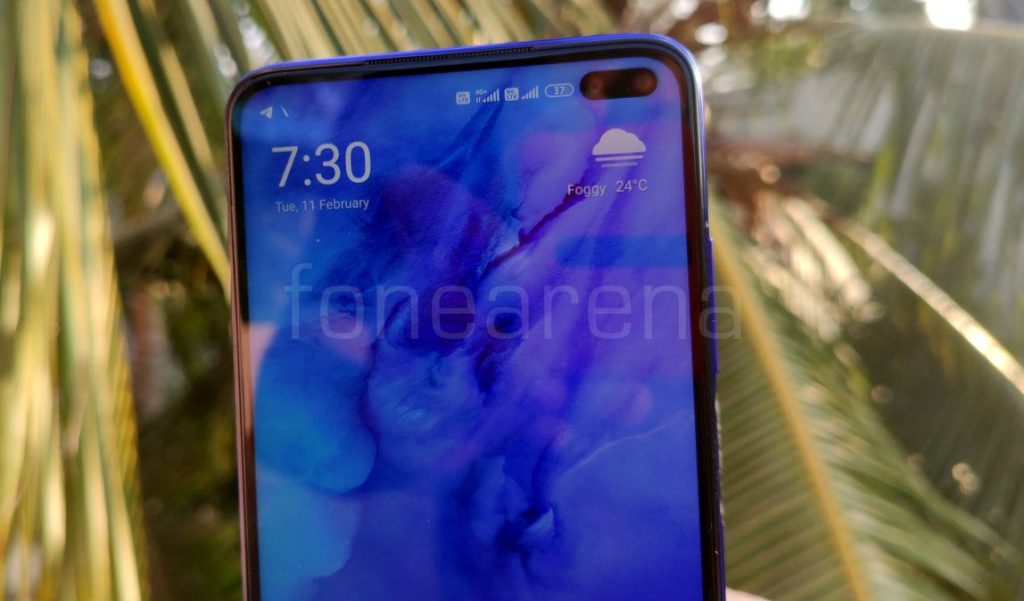
Above the display there is an earpiece on the top edge. The usual set of proximity and ambient light sensors are present, but it doesn’t have a notification LED since it has a very small bezel on the top. It also has a gyroscope and a magnetic sensor, otherwise known as a magnetometer. There is also a 20-megapixel in-screen camera with f/2.2 aperture along with a 2-megapixel secondary camera for portrait shots.
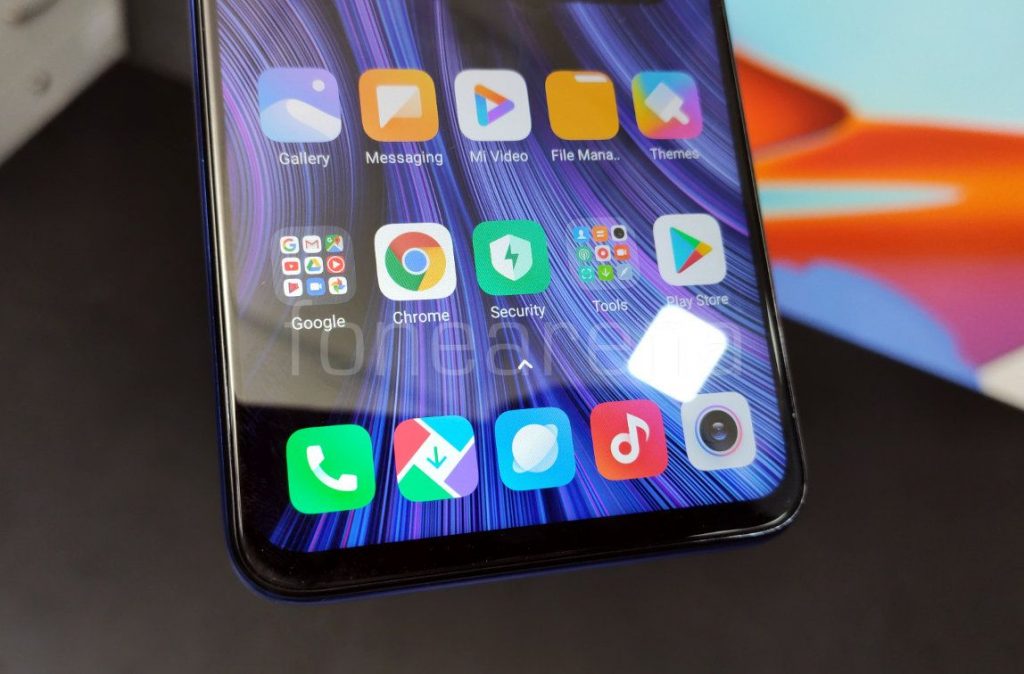
There is a 4.25mm small bezel below the display, which is almost same as Redmi Note 8 Pro.
Coming to the button placements, the volume rockers and the fingerprint sensor is present on the right side, which also doubles up as the power button. It is quick to unlock the phone. The Hybrid SIM slot is present on the left side. The secondary microphone and IR sensor are present on the top. On the bottom there is a 3.5mm audio jack, USB Type-C port, speaker grill, and primary microphone.
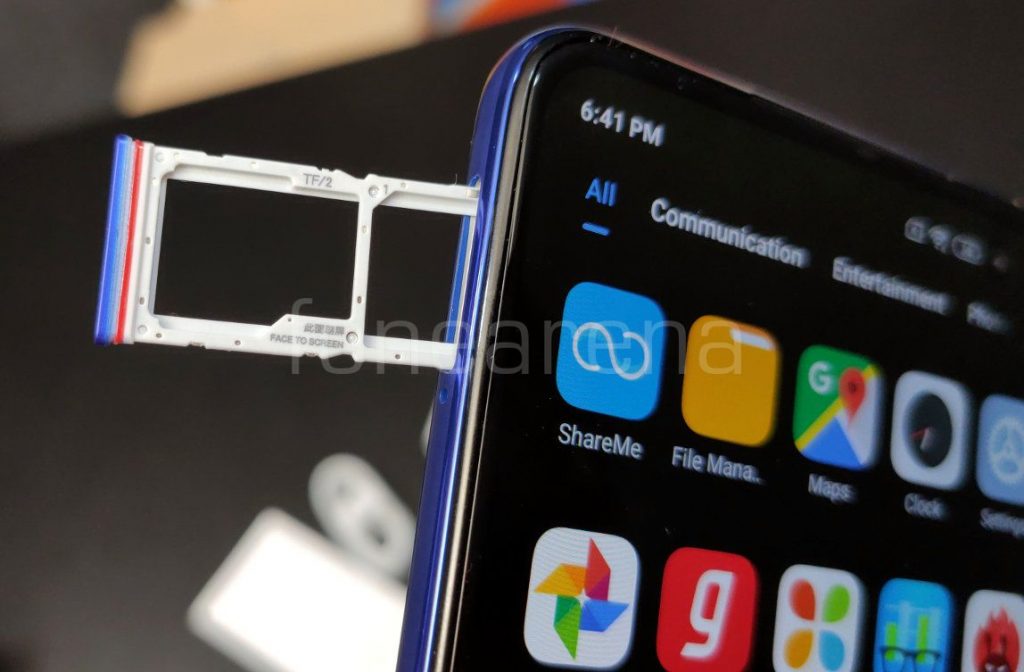
Unlike the Redmi K20 series this has a microSD slot, but this is a hybrid slot and not a dedicated one like the Redmi Note 8 Pro.
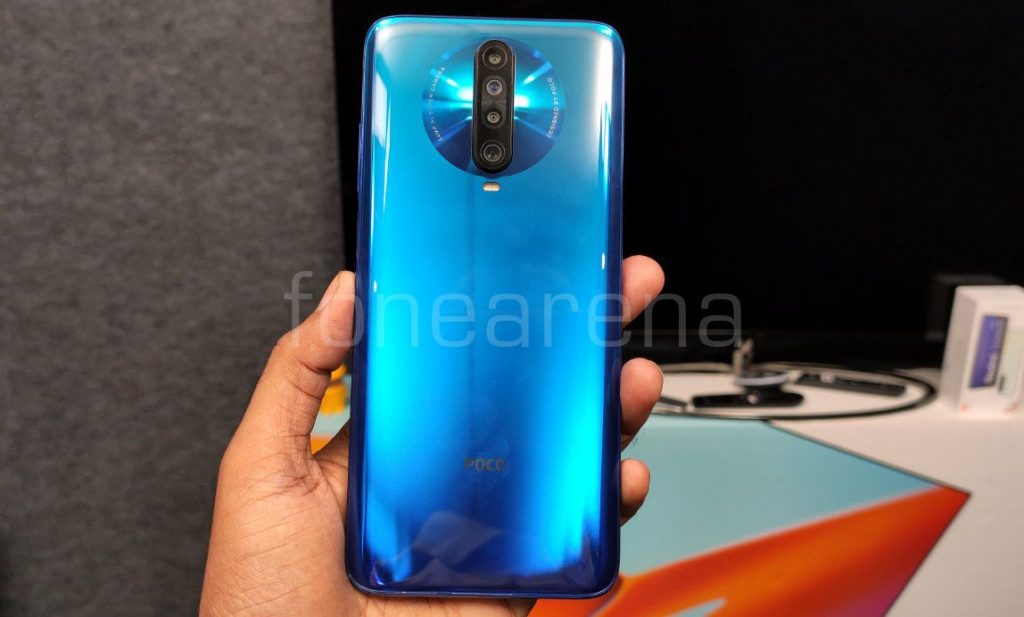
On the back there is a 64-megapixel camera along with an 8-megapixel 120-degree wide-angle lens, 2-megapixel depth sensor and a 2-megapixel macro camera on the side. This has slight camera bump due to the large sensor, but the camera lens is protected by a scratch-resistant glass. Even though the phone has a large screen, it is compact to hold. This has 3D glass on the back with Corning Gorilla Glass 5 protection. It definitely looks premium to look and hold. Since the glass back has glossy finish it is prone to fingerprints so it is recommended to use the bundled case.
It has P2i nano coating compared to IP52 ratings in the Redmi Note 8 Pro so it can withstand light rain and spills, but you still can’t immerse in water since it is not IP67 or IP68 rated. The phone packs a 4500mAh built-in battery, same as the Redmi Note 8 Pro. It is a bit heavy at 208 grams since it has a glass body and a large battery, but the weight distribution is good.
Camera
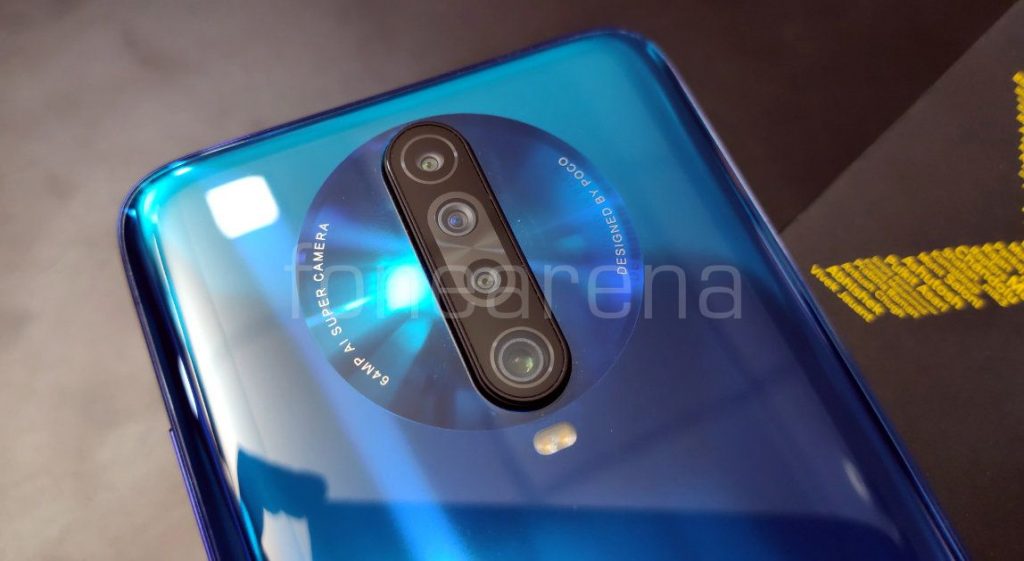
The phone packs quad rear cameras, that includes a main 64-megapixel primary rear camera with single LED Flash, 1/1.72″ Sony IMX686 sensor, 0.8μm pixel size, f/1.89 aperture, has support for PDAF, EIS along with a secondary 8-megapixel camera with 120° ultra-wide angle lens with f/2.2 aperture, 1.12μm pixel size and a 2-megapixel depth sensor for portrait as well as 2-megapixel camera for 2cm macro with 1.75μm pixel size and f/2.4 aperture. It has a 20-megapixel front-facing camera with 0.8μm pixel size and f/2.2 aperture along with a 2-megapixel depth sensor for portrait shots.
The camera UI is familiar with other Xiaomi smartphones running MIUI 11 with flash, HDR, AI, Macro mode, color modes (Normal, Vivid, Film, Amour, Latte, Sun, Cookie, Calm, Soda, Gourmet, Glow, Berries, B&W and Fade) on the top. Pressing the menu option shows camera frame, timer, tilt-shift, show gridlines, straighten and Google lens. There is a front camera toggle on the bottom along with option to select modes such as Slow motion, Short Video, Video, Photo, 64MP, Portrait, Night, Panorama and Pro mode to adjust white balance, focus, shutter speed (1/1000s to 32 seconds), ISO (100 to 3200) and option to select main, ultra-wide and macro lens. Beautify option for the front camera lets you adjust several features, in addition to smoothness. There is a new Vlog mode in video with seven different themes such as Activities, Dreams, Rhythm, Stop motion, Holidays, Travel and Memories. This also adds audio. It also has RAW capture by default. Xiaomi has enabled Cam2API by default so you can side-load ported Google Camera APKs for advanced editing including RAW capture.
Coming to the image quality, daylight shots came out well with good dynamic range, thanks to the large sensor. After pixel binning you get 16MP output. HDR shots are better with improved dynamic range, and macro shots are good, but normal shot with 2x zoom has better details compared to 2MP macro sensor even though you can go as close as 2cms. Wide-angle shots are good as well, and the portrait shots have good edge detection. 64MP mode that offers a lot of details, but some images can go up to 30MB in size. Even though there is no telephoto lens, it uses the software for offering 2x zoom, which might be handy sometimes.
Low-light shots are good, thanks to 4-in-1 Super Pixel technology that lets the camera’s sensor hardware combine 4 pixels into a single 1.6μm large pixel, and the night mode is even better making the images brighter offering more details, but there is noise when there is hardly any light. Images with flash are good and the flash is not overpowering. Daylight front camera shots are good, and low-light shots are just average. The output is 20MP in resolution, but the image size is around 4MB. Portrait shots have good edge detection since it has a dedicated 2-megapixel depth sensor.
Check out the camera samples (Click the image to view the full resolution sample.).

It can record videos at 4k resolution at 30 fps, 1080p at up to 60 fps, and it also has slow motion 720p resolution video recording at up to 960fps, but this should be 240fps converted into 960fps since the Snapdragon 730G officially supports only up to 240fps slow motion recording. You can also shoot 720p videos using the macro camera and 1080p 30 fps videos using the ultra-wide camera. Check out the video samples below.
Software, UI and Apps
It runs Android 10 out of the box with MIUI 11.0.3 on top. It has December, 2019 security patch. MIUI 11 that was introduced last year brings several features including Minimalistic Design, Quick Replies, dynamic sound effects, Dynamic Video Wallpaper and more. It should get Android 11 as well in the future. It has all the usual set of features such as Dual Apps, Second Space, App Lock, Quick Ball and more.
Inside the special features option there is Quick replies feature. This shows WhatsApp notification in a pop-up box when you are watching YouTube videos or in other apps. This is a useful feature, but it currently works for WhatsApp. Special features also has Game Turbo and Second Space.
Apart from the usual set of utility apps, Google apps and Xiaomi’s own set of apps, it comes pre-loaded with Amazon Shopping, Facebook, Opera, Gaana, Dailyhunt and Helo apps. It also asks for additional app installation during setup, which you can skip. You can easily uninstall these apps, but these come up when you reset the phone. Xiaomi is infamous for showing ads on its phones with MIUI. Even though there is personalized ads option during set up and recommendations in all the apps, you don’t get any ads in apps, similar to the POCO F1 and K20 series.
Since the phone has an infrared sensor for remote function, it comes with Mi Remote that lets you control your home appliances easily. It worked flawlessly with Samsung TV, Tatasky Set-top box and other appliances. It also supports A/V receiver, DVD Player, Projector, Camera and more.
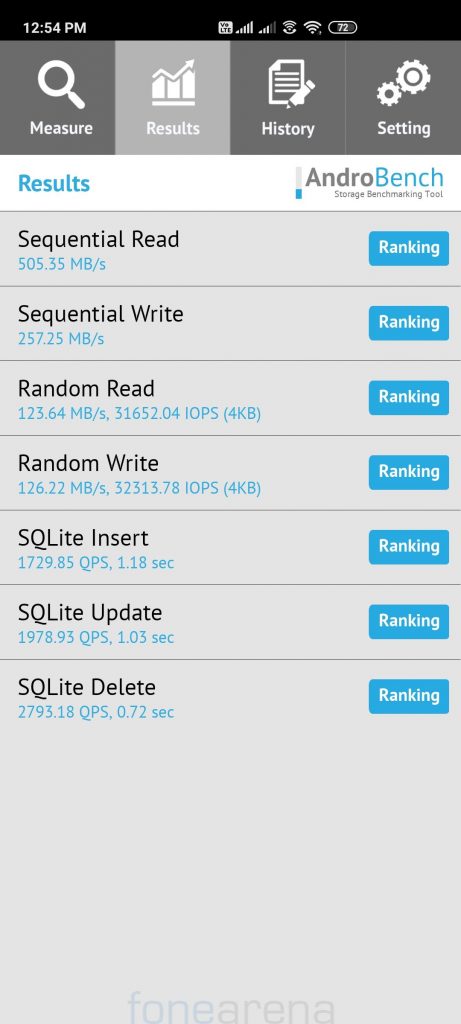
Out of 8GB RAM, you get 7.55GB of usable RAM, and about 4.5GB of RAM is free when default apps are running in the background. Out of 256GB internal storage, you get about 226GB of free storage. Since this has UFS 2.1 storage, we got sequential read speeds of about 509MB/s.
Fingerprint sensor and Face unlock
The phone has a fingerprint sensor on the ride side, embedded into the power button. It immediately unlocks phone just by keeping your finger on the power button so that you don’t have to press it. This is more convenient compared to the rear-mounted fingerprint scanner and faster than the in-display fingerprint scanner in the Redmi K20 series. You can add up to 5 fingerprints. You can also use the fingerprint for app local and payments in apps. The phone also has face unlock, but it is not as secure as fingerprint since it can be unlocked with a photo. It also doesn’t work if you use sunglasses or hats.
Music Player, FM Radio and Multimedia
The Mi Music Player is the default music player with usual Xiaomi audio effects and equalizer. It also has FM Radio with recording. Audio through the speaker is loud, thanks to 1217 Linear speaker. Since the speaker is present on the bottom, audio doesn’t get muffled when the phone is on a flat surface. Audio through earphones is good, thanks to Qualcomm Aqstic WCD937x audio codec. There is also Hi-Fi audio option in the settings that reduces noise and distrotion and improves the audio quality for the best audio experience.
It has Widevine L1 support so you can play HD content on Netflix, Amazon Prime Video and other streaming apps. We have even tested it and it worked without any issues, but it doesn’t support HDR content on Netflix.
Dual SIM and Connectivity
It supports 4G VoLTE for Reliance Jio and Airtel as well as support Dual 4G VoLTE that offers 4G in both the SIM cards at a time. There is Snapdragon X15 Cat-12 LTE modem. Other connectivity options include Dual-Band Wi-Fi 802.11 ac with dual antenna design for better Wi-Fi connectivity when gaming, Wi-Fi calling support, Bluetooth 5.0 LE and GPS. It also has USB OTG support that lets you connect USB drives. The dialer and messaging UI are similar to other Xiaomi smartphones running MIUI 11. Since this is a dual SIM phone, you get the option to select either SIMs when calling or sending a text message. Moving on, the call quality is good, and we did not face any call drops and the earpiece volume was loud.

We don’t really mention SAR values for phones in our reviews since most are below 1W/kg, even though the limit in India is 1.6 W/kg (over 1 g). Even though the POCO X2’s body SAR is 0.620W/Kg (Distance:15mm), head SAR is at 1.08W/Kg which is slightly more compared to some Xiaomi phones in India. We would recommend to use a headset or a Bluetooth headset if you are making long calls.
Performance and Benchmarks
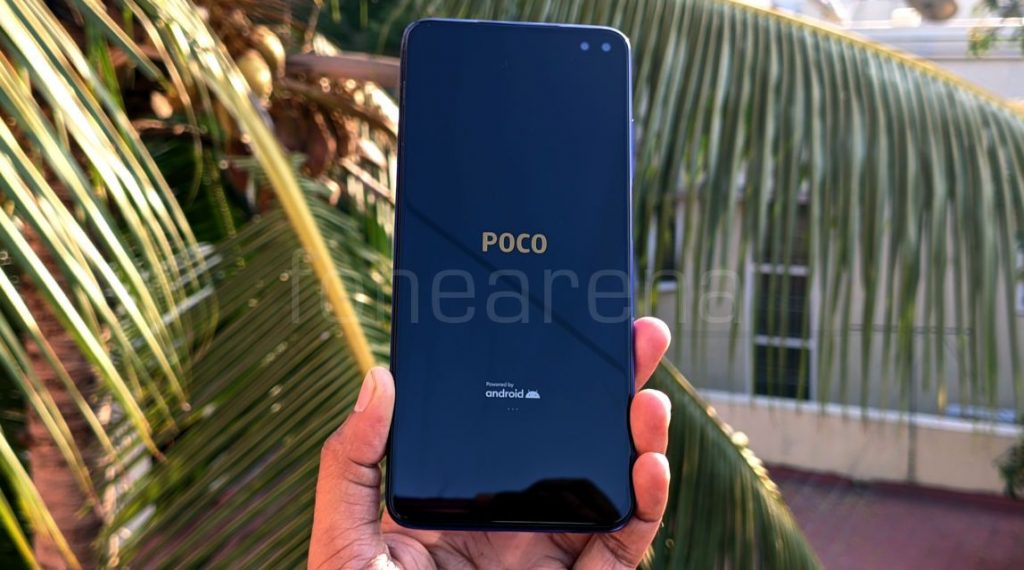
Coming to the performance, this is one of the first phones to be powered by an Octa-Core Snapdragon 730G 8nm Mobile Platform, which has 2 x Kryo 470 Performance CPUs (A76-based) clocked at up to 2.2GHz and 6x Kryo 470 Efficiency CPUs (A55-based) at up to 1.8GHz. It has Adreno 618 GPU with support for Open GL ES 3.2, Open CL 2.0, as well as Vulkan 1.1 graphics, 6GB / 8GB LPDDR4x RAM and 64GB / 128GB / 256GB UFS 2.1 storage.
Thanks to the larger Kryo 470 cores based on new Cortex A76, this is faster than the Snapdragon 710/712 that uses Kryo 360 larger cores based on Cortex A75, promising a 35% performance uplift. The overclocked Adreno 618 GPU promises 25% improved performance compared to Snapdragon 710 and it also has Snapdragon Elite Gaming features.
We did not face any issues or frame drops in the graphic-intensive games, and PUBG works HD, and doesn’t support HDR. But, the Redmi Note 8 Pro with MediaTek Helio G90T offers slightly better gaming performance. Thanks to 120Hz refresh rate, gaming was super smooth in games that support it such as Dead Trigger 2, Real Racing 3 and more. It gets a bit warm on intensive gaming and 4G data use since it has a glass back, but it doesn’t get too hot to handle. It has liquid cooling system for faster heat dissipation. That said, check out some synthetic benchmark scores below.

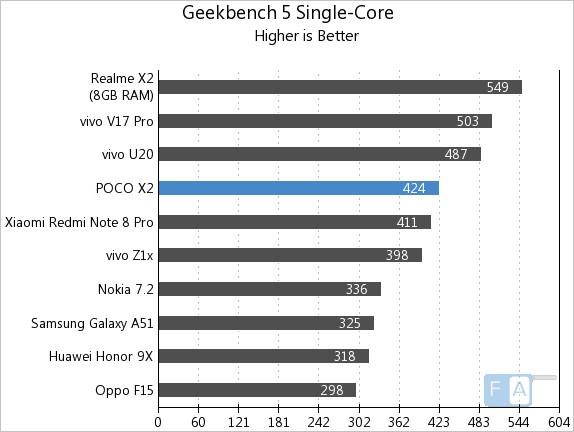
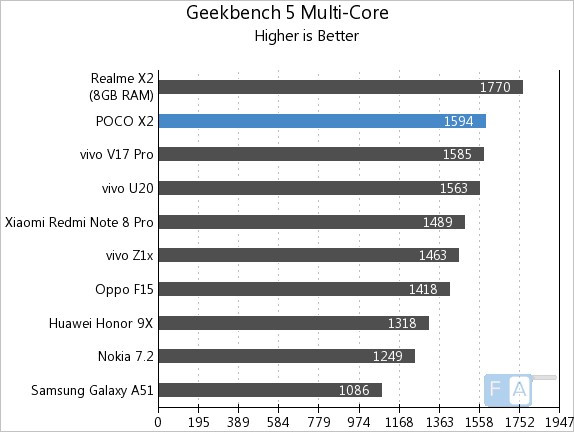
Battery life
Coming to the battery life, the 4500mAh (typical) built-in battery is similar to the Redmi Note 8 Pro. It lasts for a whole day even with heavy use, and with average use it lasts for two days, thanks to optimization in the MIUI 11. I got over 6 hours of screen on time with a day of use, as you can see in the screenshots in 120Hz refresh rate. Even though it doesn’t mention 120Hz as adaptive, it automatically switches to 60Hz when you don’t need it, mainly to optimize the battery life. Since the phone has support for 27W fast charging, it takes just 1 hour and 7 minutes from 0 to 100%, and 0 to 50% takes 26 minutes using the bundled 27W Turbo charger.
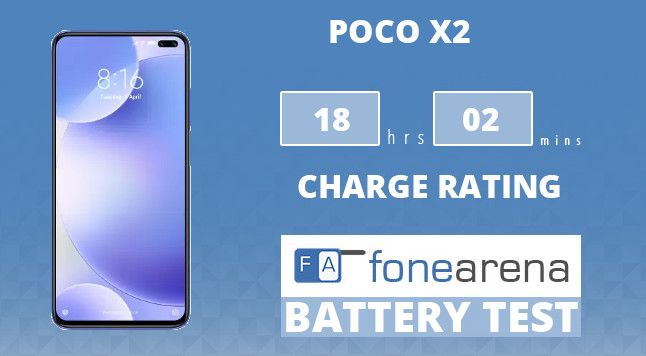
It achieved One Charge Rating of 18 hours and 12 minutes in our battery test, which is good for a phone with a 4500mAh battery, and is almost same as Redmi Note 8 Pro. We tested it in 120Hz, which is default, so it should be better in 60Hz. Battery life is based on different factors such as software optimization and the processing power that requires to power the phone, so if the phone lasts for a day with heavy use, it is good.
Conclusion
At a starting price of Rs. 15999 for the 6GB RAM with 64GB version, the POCO X2 is a good mid-range smartphone from POCO. The 120Hz LCD screen with minimal bezels is good, if you don’t care about AMOLED and Always-on-display, good cameras, premium glass body, smooth performance and good battery life with support for fast charging with bundled charger in the box. Some might miss the AMOLED screen, but you have to compromise it for the 120Hz refresh rate.
Competition
The realme X2 is a direct competition offering a similar quad-camera setup, however this has an AMOLED display and an in-display fingerprint scanner. The Redmi Note 8 Pro offers a similar camera set up, and offers a better gaming experience at a cheaper rate. There is Vivo Z1x with AMOLED screen and good battery life, but FuntouchOS might not be preferred by everyone. Even though there is Galaxy M30s with an AMOLED screen, Samsung is gearing up to launch the Galaxy M31 later this month, which should be a good competition at a cheaper rate.
Availability
Priced at Rs. 15,999 for the 6GB RAM with 64GB storage version, Rs. 16,999 for the 6GB RAM with 128GB storage version and Rs. 19,999 for 8GB RAM with 256GB storage version, it wil be available through flash sale on Flipkart starting from today, February 11th. ICICI Bank Debit and Card users get Rs. 1000 instant discount, which is a good deal.
Pros
- Large RealityFlow 120Hz HDR display is good
- Good camera performance in daylight
- Smooth performance
- Premium glass body
- Splash resistant (P2i coating) body
- Good battery life with 27W fast charger in the box
Cons
- Low-light camera performance could be better
- Might be huge and bulky for some
- Camera bump
- Lacks dedicated microSD slot
- Currently available only on Flipkart

